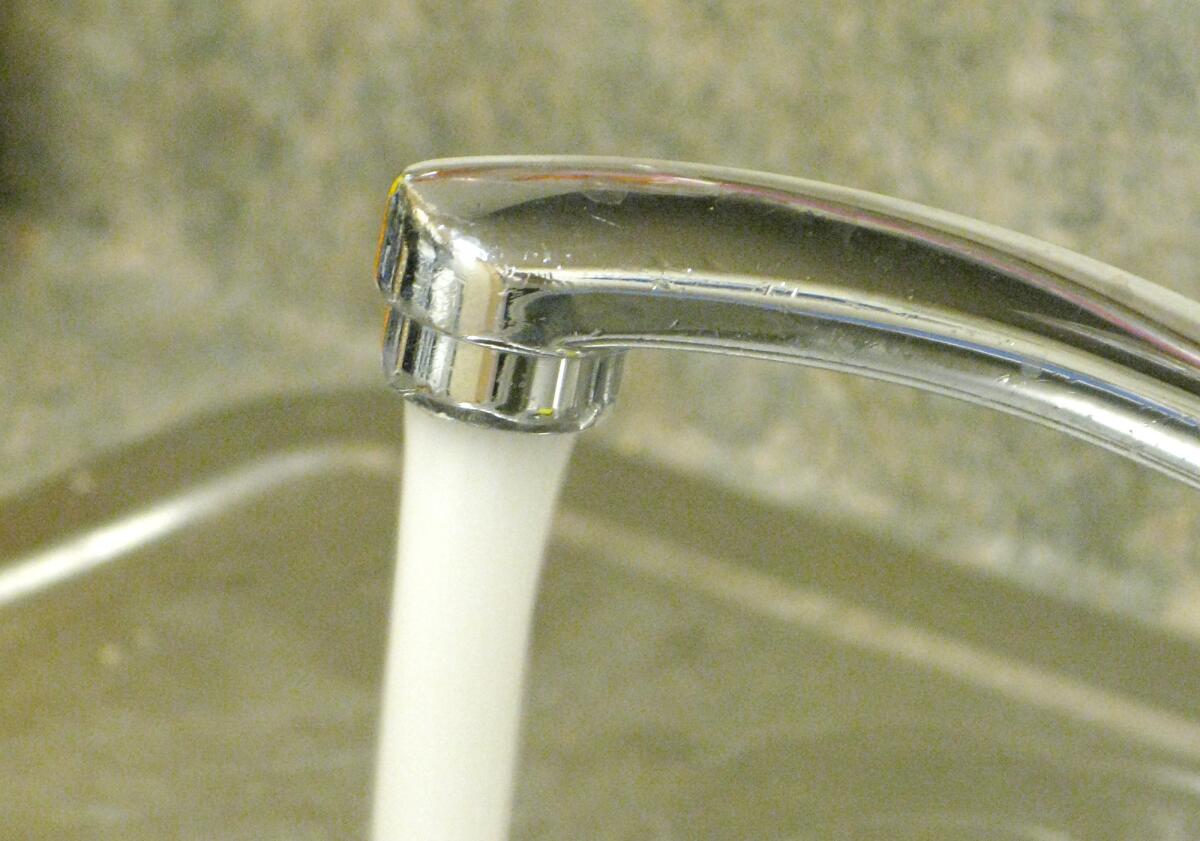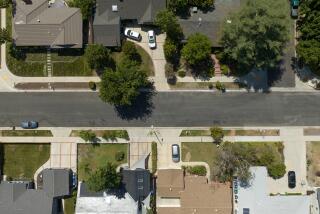Why not get tough on water use, California?

- Share via
To hear Gov. Jerry Brown tell it, California is in a “mega drought” — perhaps the worst dry spell it’s ever known. So why does he keep calling for voluntary water conservation?
The governor met with Southern California water officials Thursday morning and, again, they bemoaned the seriousness of the drought. Yet the general manager of the Metropolitan Water District of Southern California — the wholesaler that delivers most of the region’s water supply — reiterated the governor’s call for voluntary reductions in water use by 20%.
If the drought is so serious, why not insist on something stronger?
Some argue that Southern California should get a pass on mandatory conservation for the moment. The MWD has wisely built reservoirs and underground water banks in recent years, and as a result, the region has enough water stored to get through two years before it absolutely must begin rationing. Users paid for those projects through higher water rates, the argument goes, and now they should get the benefit of that investment.
That’s all true. But the fact is, there are both short-term and long-term reasons to impose mandatory conservation measures now (or to enforce them in cities such as Los Angeles, where they’re on the books but widely ignored). Such measures might include, for example, limits on lawn watering and on washing cars and on whether restaurants automatically serve water to patrons.
For one thing, it’s unclear how long this drought is going to last or how severe it’s going to be. The state is already in its third straight dry year, and this one is the driest on record. Is this pattern related to long-term climate change? Nobody knows. And even if the drought goes away relatively quickly — and is not, as Brown suggested, a mega drought — Californians must learn to live with less water anyway to deal with a structural water deficit that is unrelated to short-term weather patterns, one that leaves the state with too little water even in normal years to satisfy the desires of agriculture, residents, business and the environment. Either way, it seems prudent to begin cutting consumption immediately.
Some people will still ignore mandatory conservation measures, and few cities have the budget or the desire to hire a bunch of water cops to patrol for profligacy. But most people will follow the law, and everyone will feel a stronger sense of urgency. A mandate rather than a request can mean the difference between a homeowner choosing to replace a lawn with a drought-tolerant landscape this year or waiting until next year.
This is a statewide drought. Southern California relies on water that falls on or flows from other areas of the state. It’s unseemly to flaunt our saved water wealth when other communities are at risk of running out. This region should send a message to Northern and Central California that it takes this drought seriously.
More to Read
A cure for the common opinion
Get thought-provoking perspectives with our weekly newsletter.
You may occasionally receive promotional content from the Los Angeles Times.










